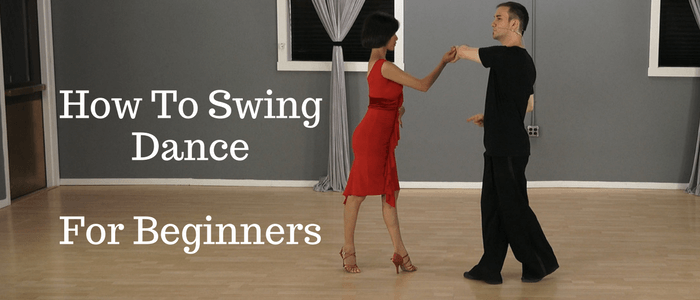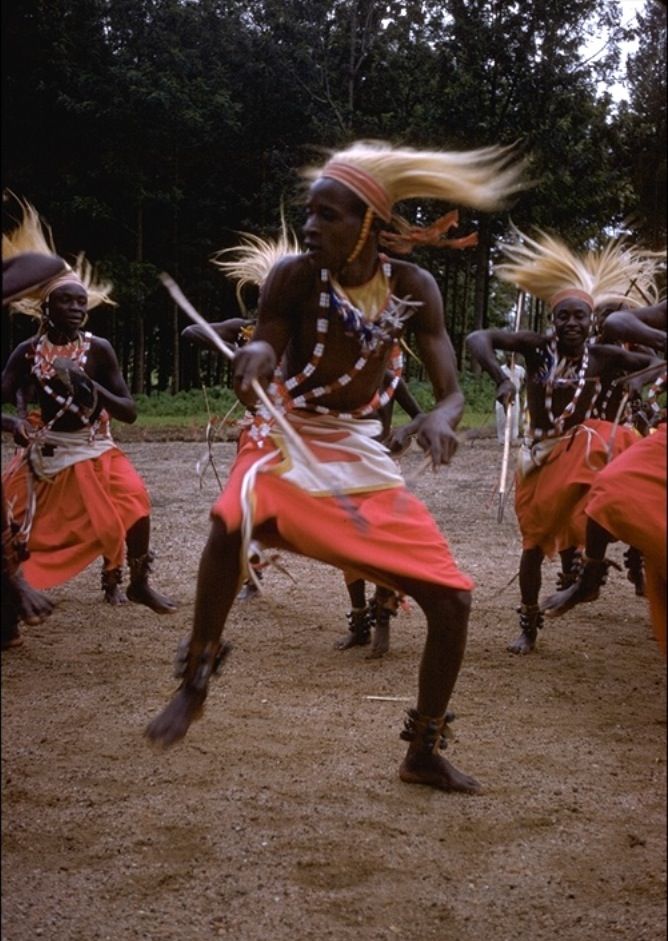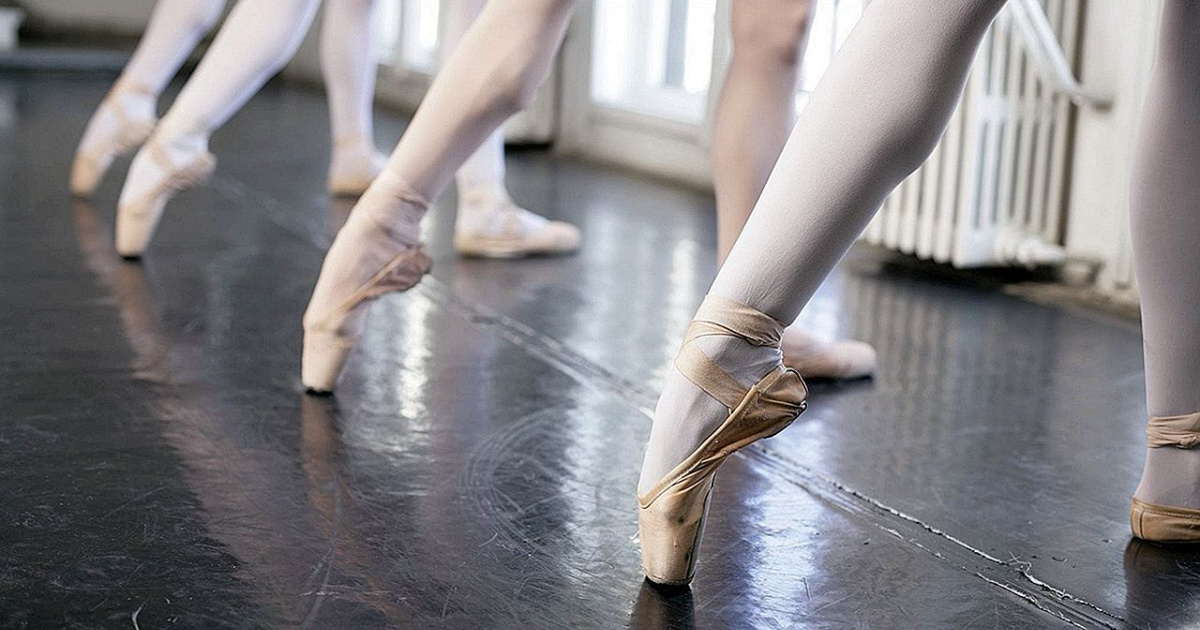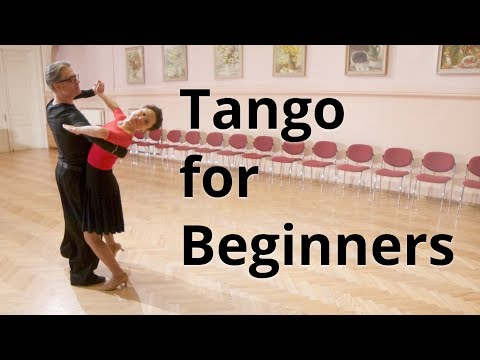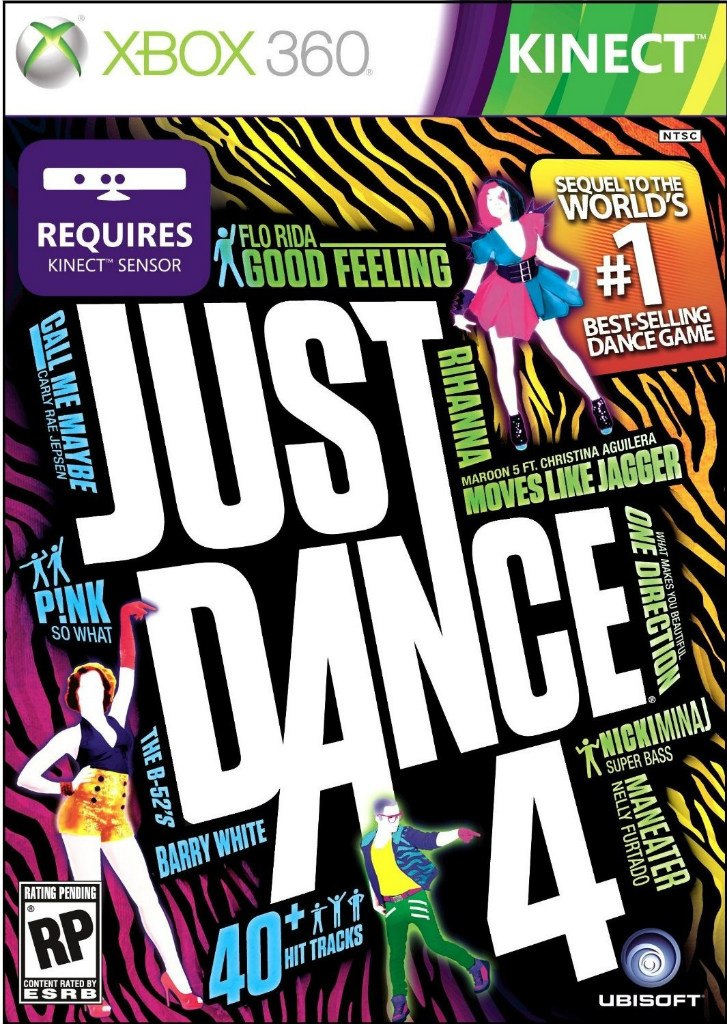How to come up with a dance
Learning to Choreograph Your Own Dance
You love to dance, but now you want to choreograph. Where to begin? It takes some time and practice to get it right. It can also be a little intimidating. As a dancer, you're used to taking instruction from your teacher. But once you're the choreographer, you're the one calling the shots -- beyond just what cheap dance costumes to wear. It can all be a little stressful to take in.
But, if you have a true passion for choreography, then you should go for it. You'll be so glad you did. Here's how:
Know your audience.
Before you begin, you have to take your audience into account. For instance, ask yourself: Will the dance be performed before the general public, or in a room full of parents and grandparents? What kind of dance routine do you think they are expecting? If you want your work to resonate with them, then you need to keep them in mind as you're going through the process of choreographing. It's also important to consider the venue and how that can impact your routine. For instance, a dance routine at halftime during a football game might look different than one on a stage in a small location.
Fuel your inspiration.
You know you want to choreograph. But where can you turn for good ideas and inspiration? Sometimes, it's easy to get stuck. But in reality, you don't need to look much beyond everyday life. You'd be surprised at the sources of inspiration that are all around you. For instance, nature, a good book you just read, a memory of an experience that touched you, or simply your own fantasies are all fuel for creativity in choreography. Use these as starting points for a brainstorming session. During it, every idea should be on the table so you don't limit yourself.
Think about the music.
Now that you have a key concept to focus on, you have to think about your music. Which selection will best support it? Should you go for a hip hop selection -- complete with hip hop outfits -- or will something slower and more dramatic be a better fit for your theme?
Once you identify a song, take the time to listen to it many times before making your final decision.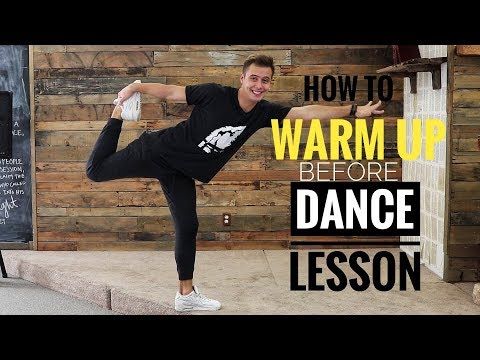 And don't just listen to it in the studio. Listen to it at home when you're doing the dishes, when you're driving around in your car, and at the gym when you're working out. Listen to it at faster speeds, as well as slower ones. This will help you to really get a sense of the rhythm and the quality of the music so you can design dance moves that will fit best with it.
And don't just listen to it in the studio. Listen to it at home when you're doing the dishes, when you're driving around in your car, and at the gym when you're working out. Listen to it at faster speeds, as well as slower ones. This will help you to really get a sense of the rhythm and the quality of the music so you can design dance moves that will fit best with it.
Also, if the song is too long -- for instance, your routine needs to be two minutes and the song is four -- then you're also going to have to do some editing.
Start creating your moves.
Once you have the concept and the music in place, your dance routine should be coming together more clearly in your head. That said, still stay open to the possibilities. You might have a specific vision in mind. However, you never know when inspiration might hit and result in something better. Just make sure that whatever you do end up choreographing it's a fit for the music you selected.
During this part of the process, just begin moving, trying out different steps and sequences. Explore various dance moves, combinations and patterns to see what feels right. Don't be afraid to push the envelope or get silly. You never know where a new move, combination or transition might come from. Just make sure that as you're going through this process, you're either videoing yourself or taking notes so you don't forget the steps.
Explore various dance moves, combinations and patterns to see what feels right. Don't be afraid to push the envelope or get silly. You never know where a new move, combination or transition might come from. Just make sure that as you're going through this process, you're either videoing yourself or taking notes so you don't forget the steps.
Chunk them into sections.
Once you have some individual steps and moves you like, chunk them into sections and start aligning them with different points in the music. As you do this, make sure you're putting all the sections together in a way that makes sense overall. Keep track of the chunks that you're creating, too. It will be much easier for you to practice the routine, or for you to teach it to your fellow dancers when it's chunked into specific sections.
Incorporate transitions.
Once you have the basic flow of your dance routine worked out, the finishing touch should be the transitions.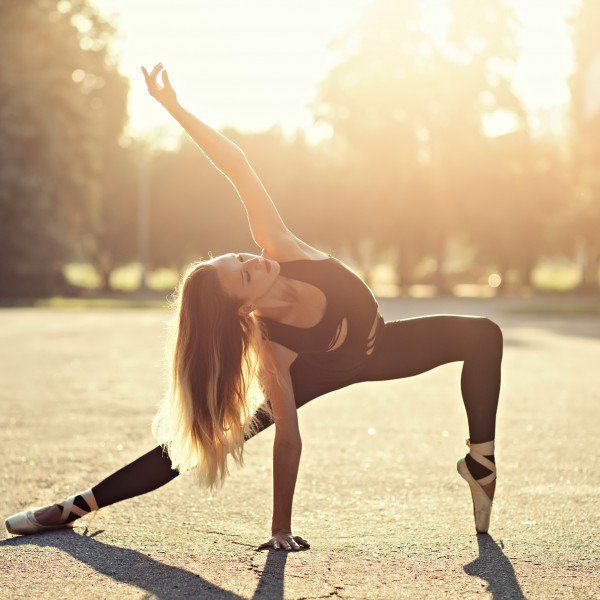 This ensures there is fluidity between one section of the dance to the next. While you might have some strong sections overall, if you have weak transitions, it will impact the overall look and feel of the routine. The dance will be hard for the audience to follow and they will be more focused on the structure rather than taking in the routine as a whole.
This ensures there is fluidity between one section of the dance to the next. While you might have some strong sections overall, if you have weak transitions, it will impact the overall look and feel of the routine. The dance will be hard for the audience to follow and they will be more focused on the structure rather than taking in the routine as a whole.
Think about cheap dance costumes and props.
Once you have the dance ironed out and thoroughly choreographed, it's important to think about props and costumes next. When you're doing so, keep the music you've selected in mind, as well as the overall theme. A classical piece is going to look strange if you or your fellow dancers are in hip hop outfits. On the other hand, if you have an edgier, more dramatic performance in mind, then a simple black leotard might not do the trick either. Props too can add a level of drama and flair to your dance, so are important to consider, as well. Just make sure they complement your routine and aren't simply used as an afterthought.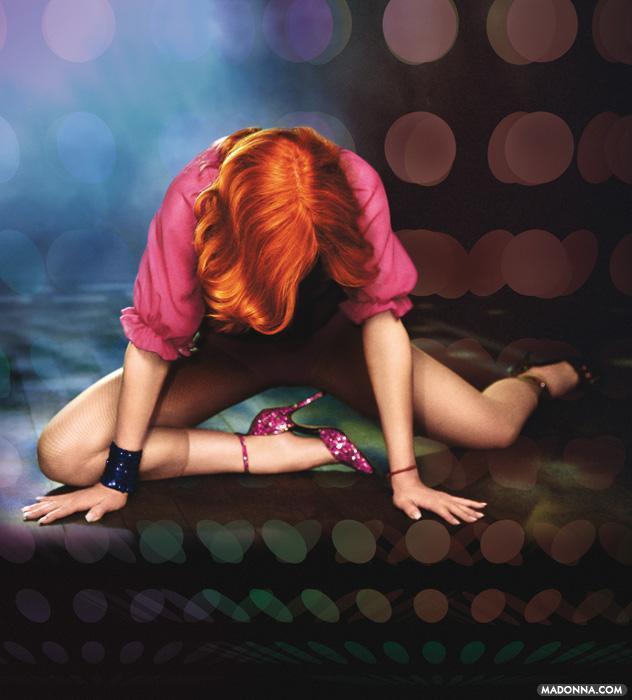
Be flexible.
If other dancers will be performing with you, then it's up to you to teach them the steps. At this point, it's important to stay true to your vision, but also not to be rigid, either. Another dancer could have an idea that could potentially add value to your initial dance theme and concept. Or, if you're realizing that a certain step or move is too hard to master, or isn't working out as you'd hoped, then be open to changing it.
When you're new at choreography, it's going to take plenty of patience and hard work to achieve all-star level. But follow the steps above and you'll be well on your way to creating your first routine with confidence.
Request a Just For Kix Catalog!
10 Tips From the Pros
Creating movement from scratch to encompass the feeling, rhythm, and theme of a song takes a little imagination and some work, whether you're a beginner or getting ready for a big performance. When you're including the movements and dance phrases for multiple performers, too, choreographing a dance can get quite complicated. That's why we're giving you some top pro tips on how to choreograph a dance when you're feeling stuck, including methods you can use to step outside the box and spice up your routine.
That's why we're giving you some top pro tips on how to choreograph a dance when you're feeling stuck, including methods you can use to step outside the box and spice up your routine.
1. Study the Music
If you know what music you want to choreograph your dance to, start studying. Go beyond creating movements based on the rhythm and beat of the song, and study the lyrics, the emotion, and the meaning behind the song. You can find inspiration from the feelings you get when you read the words, and embrace the emotion the artist puts into the song.
Poppin' C, a Swiss popping dancer, says, "The music is everything for me, because the way my body adapts and moves, is because of the way I feel the music." By knowing every part of your music inside and out, you can design dance moves that really work with the beat and lyrics.
B-boy Junior holds a breaking workshop at Red Bull BC One Camp in Mumbai
© Ali Bharmal / Red Bull Content Pool
2. Watch the Pros
Take some time to watch dance-heavy musicals, like "Chicago" and "Anything Goes," competitive series like "World of Dance," and even street performers, like Logistx, to grab some inspiration for your moves. Observe the styles, transitions, and combinations of movements and note how pro dancers create a physical connection to the music. This can help motivate you to create dances that get the audience to connect with your physical interpretations of the music.
Observe the styles, transitions, and combinations of movements and note how pro dancers create a physical connection to the music. This can help motivate you to create dances that get the audience to connect with your physical interpretations of the music.
3. Plan for Audience and Venue
Think about who your performance or event is for. Consider the venue you're performing at, too, because your dance environment can help you find ways to creatively express emotion. Lighting, sound, and the overall ambiance of your venue can help you design dances that incorporate mood and emotion to connect with the audience during your performance.
4. Think About Dance Style
Choreograph with steps and dance moves that reflect a specific style. You might try incorporating hip hop steps into a classical dance to mix it up and create your own unique dance style, for example. If you're just starting out with dance choreography, try focusing on learning how to balance a specific style of dance with your unique interpretation of the music you're dancing to.
Kid David poses for a portrait at Red Bull Dance Your Style USA Finals
© Carlo Cruz/Red Bull Content Pool
5. Focus on the Basic Elements
Focus on one (or several) of the most basic elements of dance: shape, form, space, time, and energy. For form, you can focus on designing phrases and steps based on a specific form from nature, like an animal or landform. Use your stage space to showcase explosive energy and give certain aspects of your performance a punch of emotion that keeps your audience engaged.
6. Don't Start at the Beginning
If you're stuck trying to figure out how to start your dance, plan it out from the middle or from the end. Tell a story through your dance choreography and plan out the climatic elements before the small steps to help you flesh out where you want to go with your ideas. Once you've outlined the basic structure of your choreography, piece it together into an entire work.
7. Try Choreographing Without Music
Dance in silence. It might seem like a crazy idea since you're choreographing the dance to a specific song. However, just letting your body move and flow with different tunes you imagine can help you step outside your comfort zone and incorporate challenging moves and dance steps that you might not have thought to pair with a song or score. When you discover something you like, pair it with other steps you've already developed and start fitting your moves to the music.
It might seem like a crazy idea since you're choreographing the dance to a specific song. However, just letting your body move and flow with different tunes you imagine can help you step outside your comfort zone and incorporate challenging moves and dance steps that you might not have thought to pair with a song or score. When you discover something you like, pair it with other steps you've already developed and start fitting your moves to the music.
Poppin C shows off his moves during a photoshoot in Lausanne
© Torvioll Jashari / Red Bull Content Pool
8. Embrace Post-Modernism
Study early modern dance forms and styles that can get your imagination flowing. Dancers from the mid-century modern era through the 1950s and '60s (such as Anna Halprin, one of post-modern dance's pioneers) would incorporate a whole world of nontraditional moves in their choreography. Slow walking, vocals, and even common gestures can make imaginative additions to your overall work.
9. Incorporate the Classics
Use classical ballet, traditional ballroom steps, or other classic dance moves to mix up your style. It can be a startling transition for an audience to see a classical ballet step snapped in between freestyle phrases. Combining classical techniques with your dance design can add interest and suspense to your performances.
10. Use Other Art Forms as Inspiration
Don't just focus on music and dance. Look at all kinds of art forms, from two-dimensional paintings to live art performances. Take note of the different emotions and use of space, shapes, and forms that different artworks incorporate, and think about your interpretations and how you can convey that in movement. Use this as fuel for your inspiration when choreographing short phrases. Keep up to date on new forms of art to get inspired and avoid the dreaded writer's block (for dancers).
More Pro Tips to Choreograph a Dance
Arlene Phillips CBE, a British choreographer and theater director, got her start pro dancing and choreographing in the 1970s. She's been the choreographer for a variety of performances over the years, including live theater. Her advice for aspiring dancers includes some helpful choreographing tips:
She's been the choreographer for a variety of performances over the years, including live theater. Her advice for aspiring dancers includes some helpful choreographing tips:
Tell the music's story through your movements
Keep practicing with imaginative steps
Be determined to learn from your mistakes
Challenge yourself with unique rhythms, styles, and techniques
Plan out your most impactful elements then work in additional steps around those
Keep practicing your choreographing techniques
Don't be afraid to learn something new
One of the most important things to keep in mind when choreographing a dance, though, is to embrace diversity. Don't be afraid to do something different or outside the norm. Try incorporating new styles or steps to make your dance fresh, and study all types of art to get excited about your work. The more you challenge yourself to think outside the box, the more creative and unique you can be with your choreography.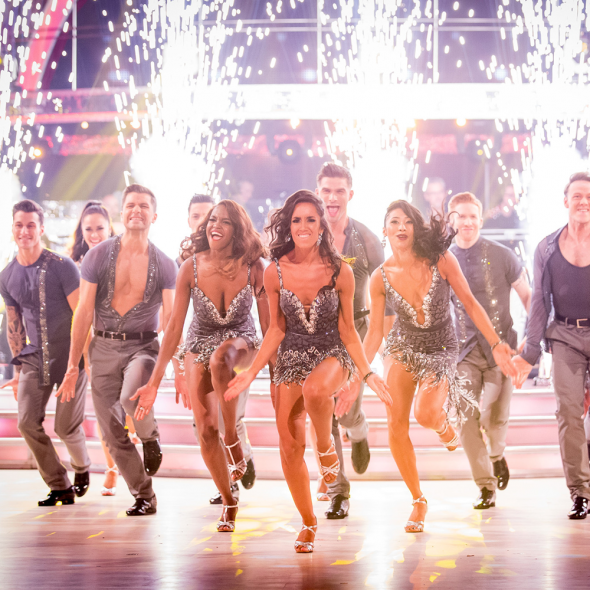
How to come up with a dance? | "Country of Soviets"
How to come up with a dance?
Composing a dance sketch is a complex and capacious business, because it is creative. It requires inner freedom, awareness of the harmony of the body, musical knowledge, and most importantly - fine taste.
As the impression of a person is made up of a wide variety of factors, characteristics, for example, his speech, so the dance is evaluated by its "lexicon". And it depends only on you whether it will be abnormal or colorful. Before you get up and start trying to put the movements to music, you need to devote more than one or two evenings to studying the vocabulary of the direction of dance that you have chosen. Fortunately, now there are many Internet resources for this.
- select several, in your opinion, bright and strong numbers on the network. Watch them 3-4 times, if necessary, more, depending on when you understand the individual movements of the performer.
- keep watching, watching, watching. After looking at a large number of diverse numbers, you will begin to notice their strengths and weaknesses, you will begin to understand how dances are made, what is their structure. Also, choreography is easier to remember when you look at it.
After looking at a large number of diverse numbers, you will begin to notice their strengths and weaknesses, you will begin to understand how dances are made, what is their structure. Also, choreography is easier to remember when you look at it.
- now start working with the music of the viewed numbers. If you have basic musical knowledge about time signatures, rhythm, beats, your task will be much easier. Try to understand how the choreography reflects the mood prevailing in the music, how the strong beats are highlighted, how the accents are placed, what place the music occupies in the performance.
- pay attention to how the movements are laid out in the music, how the performer transitions from one element to another. Only repeated observation will give you the opportunity to understand the smallest details and thereby gain invaluable experience.
All of the above will take you an average of a couple of weeks, for someone more, since the amount of information received is large, it needs to be mastered. (assuming you want to do a quality dance). Now your knowledge base has increased significantly. You know a lot of individual elements, remember them and can draw. You have begun to develop a taste: now you know exactly how you DO NOT want to see your dance, but how it would be nice. There is confidence in how to do it right.
(assuming you want to do a quality dance). Now your knowledge base has increased significantly. You know a lot of individual elements, remember them and can draw. You have begun to develop a taste: now you know exactly how you DO NOT want to see your dance, but how it would be nice. There is confidence in how to do it right.
Now you have come to one of the most difficult tasks in creating a dance - the choice of music. This is the most important step, because everything in your dance depends on the music. When choosing music, you should keep the following in mind:
1. Don't pick the biggest hit of all time. The very first and easiest thing you will want to do, because this music is your favorite. But tens of thousands of other people like it, and this puts a burden of responsibility on you: you can’t dance badly to such music. (of course, if you plan to show your dance to someone or put it on the net) Do you have enough knowledge and skills to match such a composition? If you still decide to do it, great. But you need to work much more and more painstakingly.
But you need to work much more and more painstakingly.
2. Music should inspire not today or tomorrow, but for many days in a row. This is the most important criterion, music is the main assistant in the work of the imagination. Look for music carefully, for a long time, until one of the compositions affects you. The search will be greatly facilitated by the selection of songs, which are in great abundance on the Internet. (They were made up of those who have already traveled the path in search of "their" music).
3. When you've settled on a few songs that you absolutely love and inspire you, you should listen to them and choose one, no matter how difficult it may be. So, try to choose music with development: it should be interesting, changing, with a story, with a climax, with bright accents. Listen to the music and imagine the movements of the arms and legs that can be portrayed under it. Of course, you can do a performance with monotonous music (a rather trendy and interesting phenomenon), but then your choreography should be stunning in order to distract the viewer from the sound.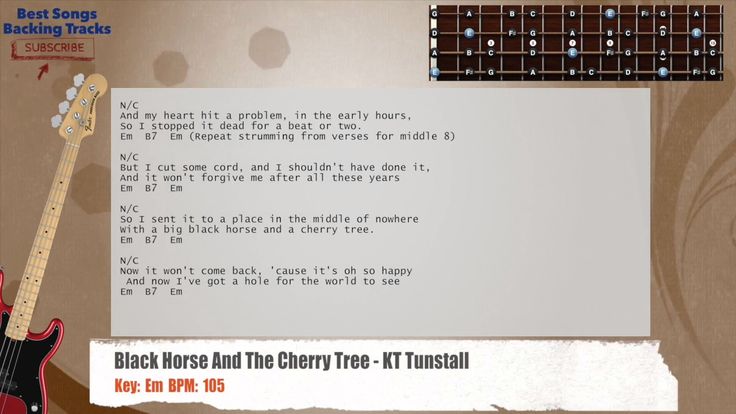
4. If you feel the slightest doubt about the choice of music, keep looking! Time will not be wasted, the music will give you a great dance.
So, you have chosen the music, now it's time to move on to the most responsible - composing the dance. If a story comes to mind while listening, let it come to life! Dancing a story is always interesting, and making up a dance becomes much easier.
Next, you should apply some knowledge of the musical part. You have almost memorized all the transitions and climaxes in music, so let's get straight to the point:
1. Turn on the music and listen to it before the new musical phrase. You will clearly hear this transition. Listen again, identify how many "accounts" this musical phrase takes: 16, 24 or 32? Now you know exactly how much time and “accounts” you have for movement.
2. Now apply the knowledge gained during the introduction to the style and vocabulary of dance. Depending on the tempo and accents, “lay out” the choreographic elements you like according to the music.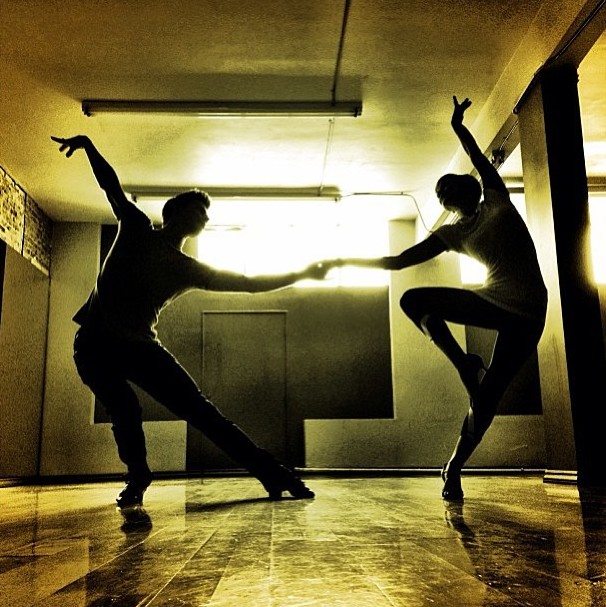
3. If you remember well what you compose, fine. If not, then you can make a video or simply write down the order of movements on a piece of paper that is understandable only to you.
4. Calculate all the music. Pay attention to the accents in the music, highlight them with choreography.
Congratulations! The dance skeleton is ready. Ask: "Why a skeleton?" It's simple: creativity has no limits! In the process of memorizing your own dance, you will be surprised to find that you want to add this or that element that you like best, replace it with a more complex one. Creating a dance is a continuous improvement. Develop, experiment, improvise. Live your dance!
How to stage a dance?
You want something unusual, to please your friends, relatives or loved ones with a bright dance that will decorate a corporate holiday or your family evening. Choreographer Ekaterina Gavrilova tells how to put on a spectacular dance in a short time.
It is not always necessary to have choreographic experience and know the basics of classical ballet in order to stage a dance for a holiday on your own. Dance is joy! This is positive! And within the framework of the holiday, it is also humor that defuses any situation and raises the mood to a higher benevolent level. I want to share with you the advice that I usually give to my beginner students when I see that they really want and are already ripe for performing in a circle of friends and relatives.
Dance is joy! This is positive! And within the framework of the holiday, it is also humor that defuses any situation and raises the mood to a higher benevolent level. I want to share with you the advice that I usually give to my beginner students when I see that they really want and are already ripe for performing in a circle of friends and relatives.
1. Decide on the music!
Music is the basis and the key to the success of your dance. Moreover, it can be both rhythmic and lyrical composition, it doesn't matter. The main thing is that it raises your deepest feelings, awakens your imagination and not only gives impetus to draw a drawing of a dance, but also translate it into reality. Choose your favorite dance style. It can be anything: vogue, dancehall, flamenco, zumba, strip, oriental, or maybe you want to make a dance mix - in general, choose any direction that is close to you and encourages you to dance. Choose music, and when the choice is made an important step - cut it! A holiday is a holiday, so that the dance is like a bright flash, like fireworks, flared up for 1, 5 - 2 minutes and delighted everyone around.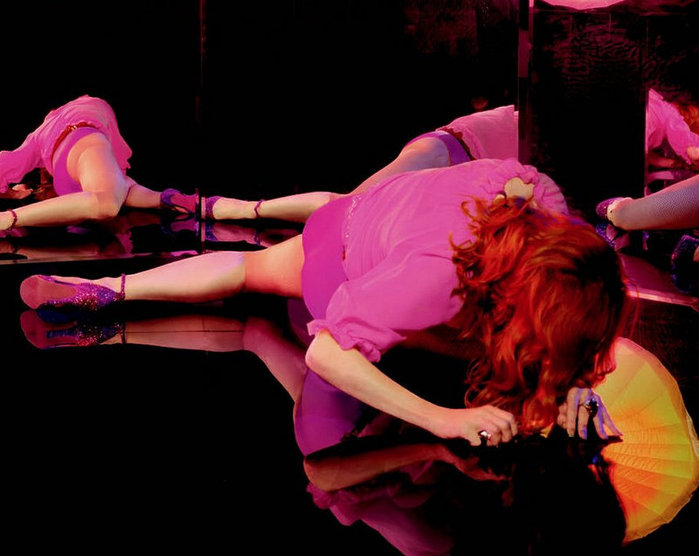 It is more difficult to set compositions for 4-5 minutes, it is physically harder to dance, and such timing is useless within the framework of the holiday. The dance at your holiday should be for joy, and not for the question: “Well, when will it finally end?
It is more difficult to set compositions for 4-5 minutes, it is physically harder to dance, and such timing is useless within the framework of the holiday. The dance at your holiday should be for joy, and not for the question: “Well, when will it finally end?
2. Pick up the moves!
The second piece of advice follows directly from the first one, because if the music is chosen and it is well-timed, it will be much easier for you to come up with the dance sequence itself. Scary? And you presented impossible dance steps that only the ballet dancer Tsiskaridze can do? Do not be afraid! This is your dance, which means that the movements in it should be for you. Listen to the music again, and if necessary, listen to it many, many more times until you begin to imagine what and how exactly you will dance to it. You can pick up from your past baggage your most successful dance moves that look good on you, you can flip through a lot of different videos that are similar in style or to your specific composition and choose something suitable for your dance, and finally, you can just give free rein to your imagination. , and dance a bunch in front of a mirror, as it falls on your soul, the main thing is then to record this dance on video, rehearse several times to dance later, as it should be in front of the public.
, and dance a bunch in front of a mirror, as it falls on your soul, the main thing is then to record this dance on video, rehearse several times to dance later, as it should be in front of the public.
3. Choose a suit!
It is clear that you will not be dancing in front of an audience in home or office clothes, unless, of course, this corresponds to your dance plan. Definitely, the costume is no less important in a dance performance, if the music and movements are already in full order. For the duration of the holiday, you can rent a costume, or you can assemble it yourself from improvised material. For example, on the eve of the upcoming 2018 Year of the Yellow Dog, wear a yellow outfit and decorate it with ears and a tail if your dance is staged with humor and your audience will understand this. If your audience is all respectable ladies and gentlemen, you can dress up as a goldfish and flash your scales in front of them, since gold is also the trend of the coming year.

